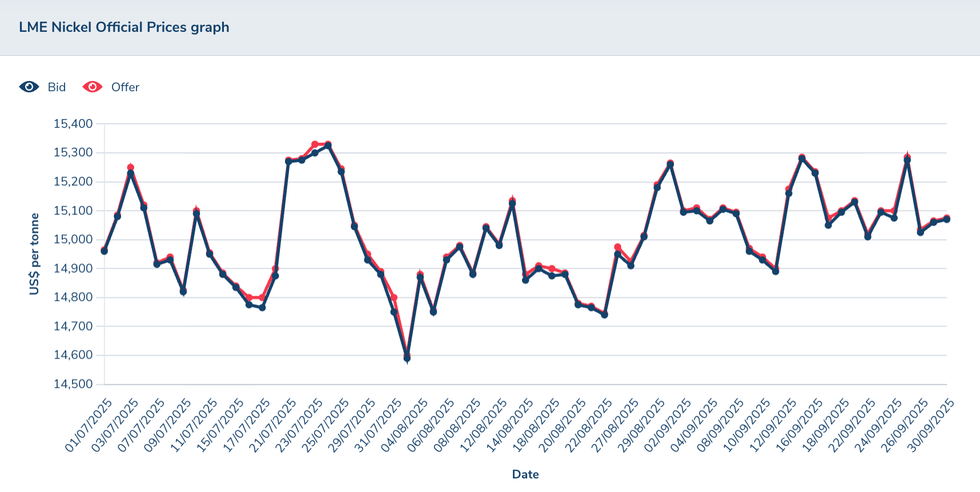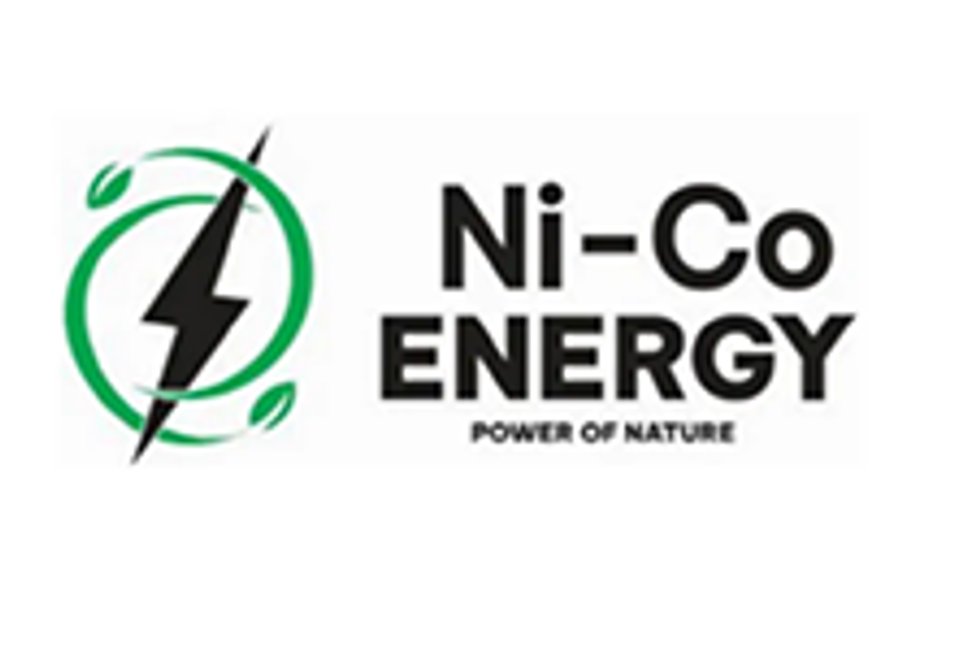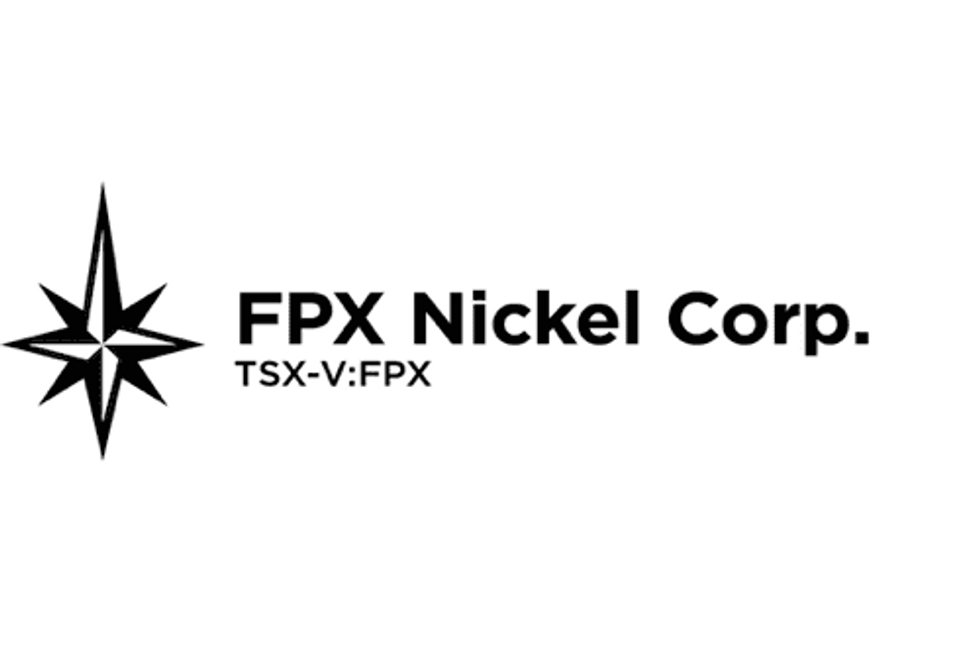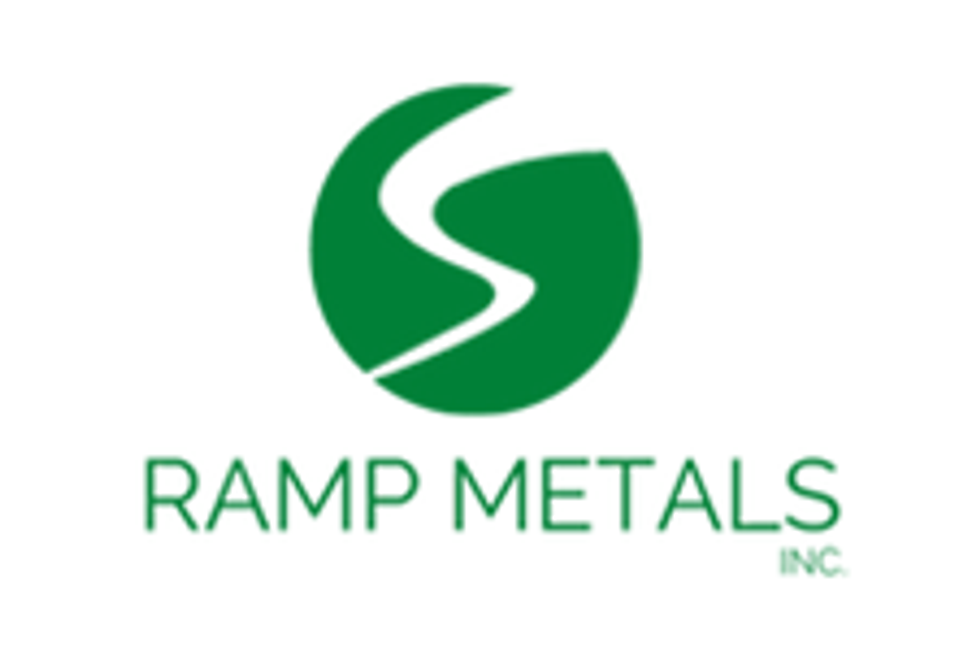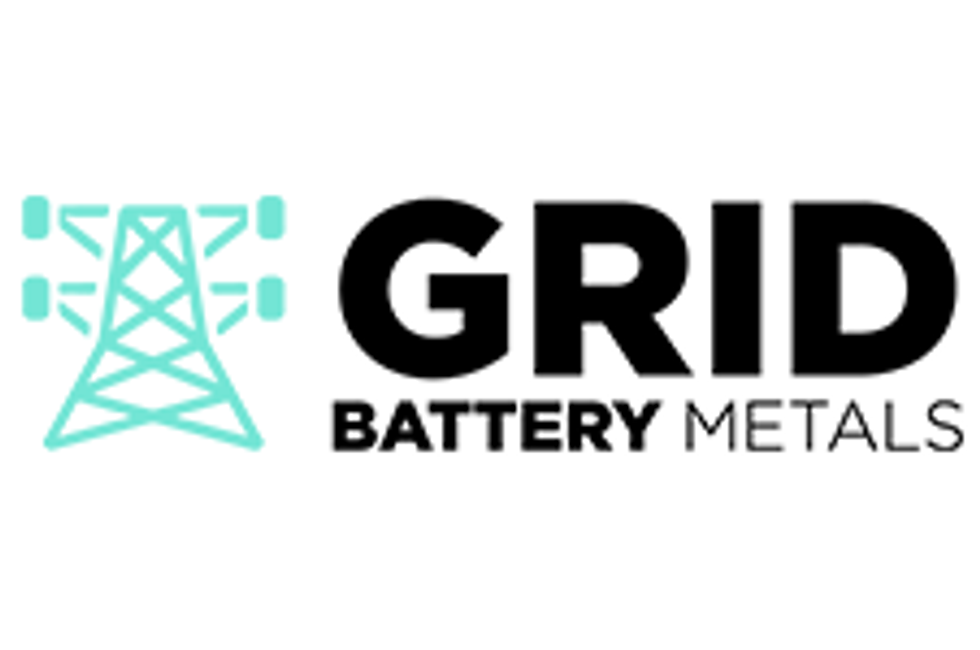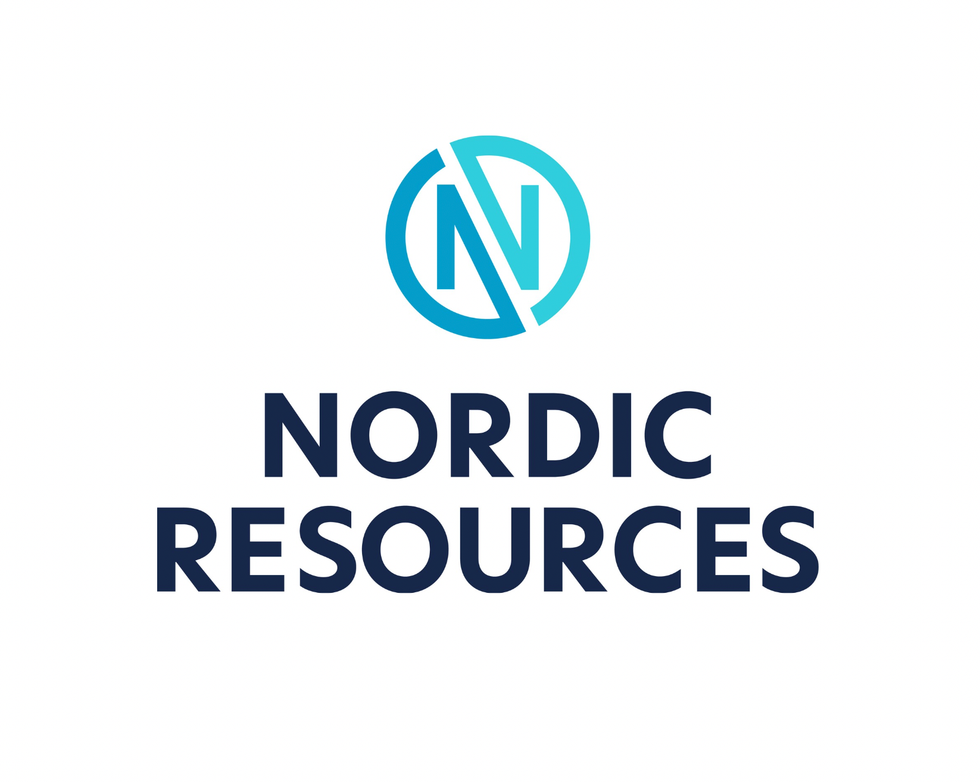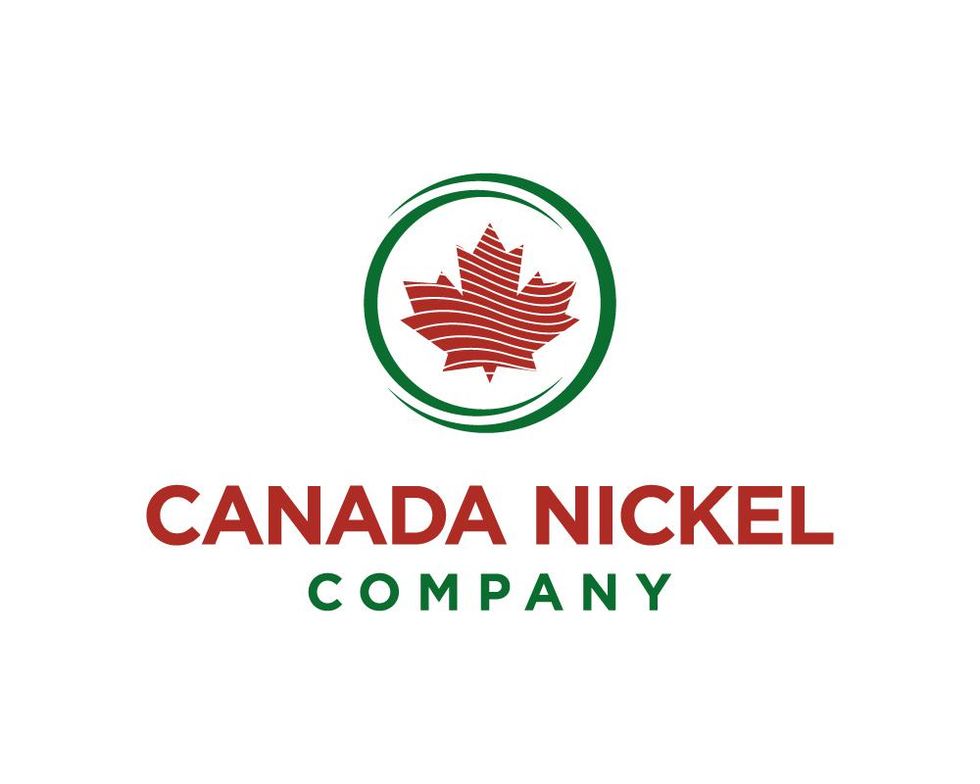Nickel Price Update: Q3 2025 in Review
Nickel prices saw better stability in Q3, but the market continues to suffer from oversupply.
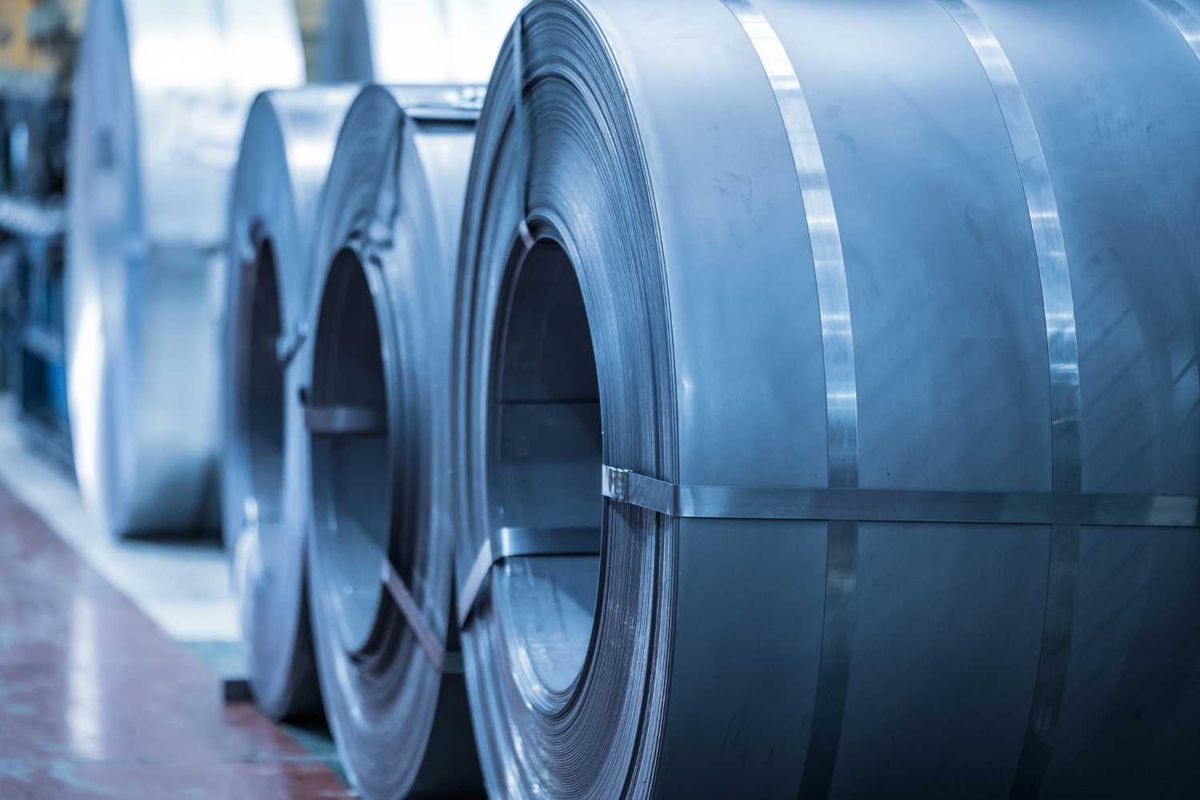
Nickel prices were volatile in the first half of 2025, but evened out in Q3 amid ongoing oversupply concerns.
The market has also faced considerable uncertainty as the US adjusts its trade and spending policies, with headwinds coming from the end of the country's electric vehicle (EV) tax credit and its tariff dispute with China.
These potential weak spots in demand have come alongside persistent market oversupply — despite a 35 percent reduction in Indonesia's nickel output quota, supply and demand remain out of balance.
What happened to the nickel price in Q3?
As mentioned, nickel prices were volatile in H1, hitting a year-to-date high of US$16,720 per metric ton (MT) on March 12 before collapsing to a year-to-date low of US$14,150 on April 8.
By the start of the third quarter, prices had stabilized, reaching US$15,190 on July 1. Amid price fluctuations, nickel rose to a quarterly high of US$15,575 on July 23, then fell to a quarterly low of US$14,950 on July 31.
For the rest of the period, nickel prices were largely rangebound between US$15,000 and US$15,500, falling outside that window only once, when they dipped to US$14,950 on August 21.
Structural oversupply hindering nickel market
In an email to the Investing News Network (INN), Olivier Masson, metals and mining analyst at Fastmarkets, suggested that the real story for nickel in 2025 has been market oversupply.
“The issue facing the nickel market is not weak demand; consumption is rising at a solid rate. The issue is rapid production growth, driven mostly by Indonesia. This has resulted in a structurally oversupplied market, which in turn is pressuring the London Metal Exchange (LME) nickel price,” he said.
Behind the stagnant price movements, the LME’s own data shows rising nickel stockpiles.
Across all warehouses, the LME hosted 164,028 MT of nickel at the start of the year; by the end of the first half of 2025, the amount had risen to 203,886 MT. The most recent data shows that the upward trend continued through the third quarter, with LME nickel stockpiles reaching 231,504 MT on September 30.
While demand is growing, it's not enough to counter the flood of nickel entering the market. Furthermore, demand for nickel has been hindered by the end of the EV tax credit in the US on September 30, which has raised the cost of new vehicles for buyers and could impact future uptake of new EVs in the US.
As S&P Global reported on October 15, this situation caused consumers to buy EVs before the deadline, resulting in a short-term spike in demand. However, the news outlet notes that US market stagnation may be offset by rising demand in domestic Chinese markets, which appeared to return to normal levels at the end of Q3.
While that may be good news for EVs, nickel won't necessarily benefit as producers are shifting toward lithium-iron phosphate batteries. S&P Global notes that the change has caused nickel-manganese-cobalt batteries to lose 2 percentage points of market share year-on-year, accounting for 22 percent of the EV battery market.
However, the biggest issue weighing on nickel prices is supply, which Indonesia currently dominates. During Q3, the country experienced civil unrest stemming from a cost-of-living crisis. Even though the protests had no direct impact on nickel output, Masson suggested they could be an additional tailwind for Indonesia’s mining industry.
“There was some civil unrest in Indonesia; however, this was not mining-related, but this adds to the factors that could result in supply restraint in the country. Other factors include the government’s control of annual mine quotas, rising royalties and greater environmental oversight,” he explained to INN.
The country slashed nickel ore output earlier in the year to 200 million MT from 215 million MT in 2024. The move served to stabilize prices around the US$15,000 mark, but so far has done little else to improve the market.
As an additional measure to exert greater control over output levels and support prices, Indonesia reduced the duration of approved output quotas to one year. The policy change, which came into effect on October 3, requires producers that had been granted longer-term licenses to apply for 2026 quotas between October 1 and November 15, 2025.
In April, Indonesia implemented a new royalty scheme that adjusted royalty rates for nickel ore from a fixed 10 percent to 14 to 19 percent; the nickel matte rate was boosted from 2 percent to 3.5 to 5.5 percent, and the nickel pig iron rate rose from 5 percent to 5 to 7 percent. Nickel miners have pushed back on the changes, suggesting they will put greater financial strain on mining businesses, which are already struggling with high costs and low cashflow.
Nickel price forecast for 2025
The price of the base metal should see some tailwinds on the back of seasonal output declines caused by the rainy season in the Philippines, which will reduce the amount of nickel entering the market.
However, this will be temporary, with the season running from early October to the first quarter of 2026.
For his part, Masson doesn’t see a meaningful change in nickel prices before the end of the year — he noted that more needs to be done on the supply side to move the needle.
“For the nickel price to improve, there needs to be greater supply discipline to rebalance the market. It is hard to see how this can occur without Indonesia. One way supply discipline could occur is via the country’s mine quotas, which the government now sets annually. Rising royalty payments could also squeeze older, higher-cost producers in the country,” he said. He predicts prices will remain rangebound around the US$15,000 level unless supply growth slows.
Don’t forget to follow us @INN_Resource for real-time news updates!
Securities Disclosure: I, Dean Belder, hold no direct investment interest in any company mentioned in this article.
Editorial Disclosure: The Investing News Network does not guarantee the accuracy or thoroughness of the information reported in the interviews it conducts. The opinions expressed in these interviews do not reflect the opinions of the Investing News Network and do not constitute investment advice. All readers are encouraged to perform their own due diligence.
